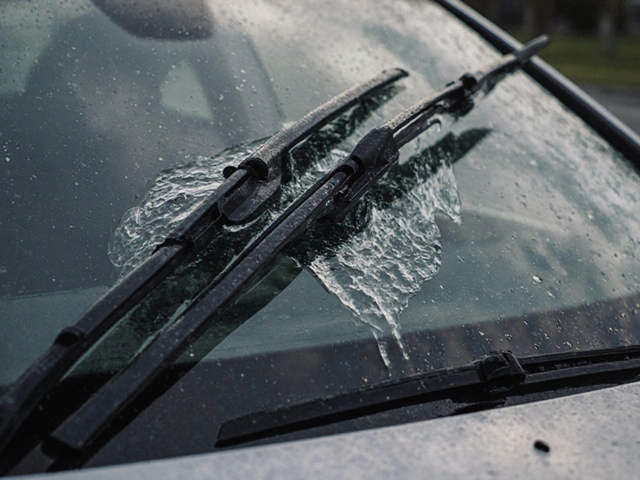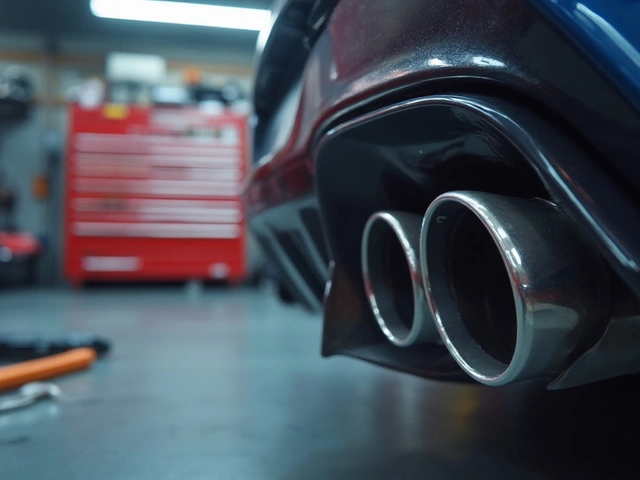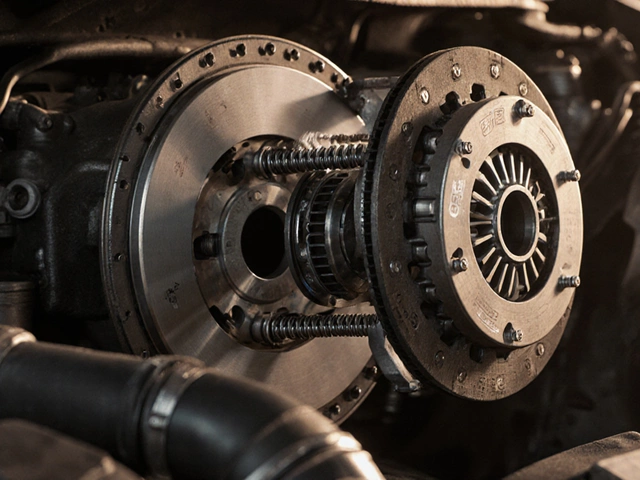Bad Strut Symptoms, Causes, and Fixes
If your car feels bumpy, leans to one side, or makes clunking noises over bumps, you might have a bad strut. Struts are the main shock absorbers in most modern cars, and when they fail, the whole ride gets uncomfortable and unsafe. Knowing the tell‑tale signs early can save you a costly repair down the road.
What a Bad Strut Feels Like
First thing you’ll notice is a change in ride quality. A healthy car bounces back quickly after a pothole; a bad strut lets the wheel keep moving, so you feel a prolonged wobble. You might also hear a thumping or knocking sound, especially when turning or braking. If the car leans heavily on one corner while cornering, that corner’s strut is probably worn out.
Another clear sign is uneven tyre wear. When a strut can’t keep the wheel in the right position, the tyre scrubs sideways, creating feather‑edged marks along the tread. Check both front and rear tyres – uneven wear often points to a suspension issue, and the strut is a common culprit.
When to Replace a Strut
Don’t wait until the whole suspension collapses. If you notice any of the symptoms above, get the strut inspected right away. Most mechanics will do a bounce test: push the wheel down and watch how it rebounds. A good strut snaps back fast and stops; a bad one bounces slowly or keeps moving.
Replacement cost depends on the make and model, but you’ll save money by fixing the problem early. A worn strut can damage other suspension parts – control arms, ball joints, even the steering rack – increasing repair bills. Plus, driving with a bad strut raises the risk of losing control on wet or uneven roads.
When you decide to replace, consider swapping both struts on the same axle. Parts wear together, so matching sets keep the car balanced. Many shops also recommend replacing the coil springs at the same time, especially if they show signs of sagging.
DIY‑ers can change a strut with the right tools – a spring compressor, jack stands, and a torque wrench. However, it’s a noisy, heavy job, and getting the spring pressure wrong can be dangerous. If you’re not comfortable, let a professional handle it – they have the safety equipment and know the correct torque specs.
After the new struts are fitted, a wheel alignment is a must. The alignment settings change when you replace suspension components, and a proper alignment ensures even tyre wear and stable handling. Most garages include alignment in the strut replacement package.
In short, a bad strut shows up as excessive bounce, noise, leaning, and uneven tyre wear. Catching these signs early, getting a quick inspection, and replacing the parts promptly will keep your car safe and comfortable. If you’re in Northwich, stop by Northwich Tyres Centre – we can diagnose the problem, fit new struts, and align your wheels all in one visit.
 12 February 2025
12 February 2025
Bad Strut Sounds: What's That Noise Under Your Car?
Bad struts can make unusual noises that many drivers might mistake for something else. This article explains the different sounds a bad strut can make, why these sounds occur, and what you can do about it. We also cover preventative measures and how to identify issues before they worsen. It's all about keeping your car smooth on the road and avoiding bigger repair bills.






0